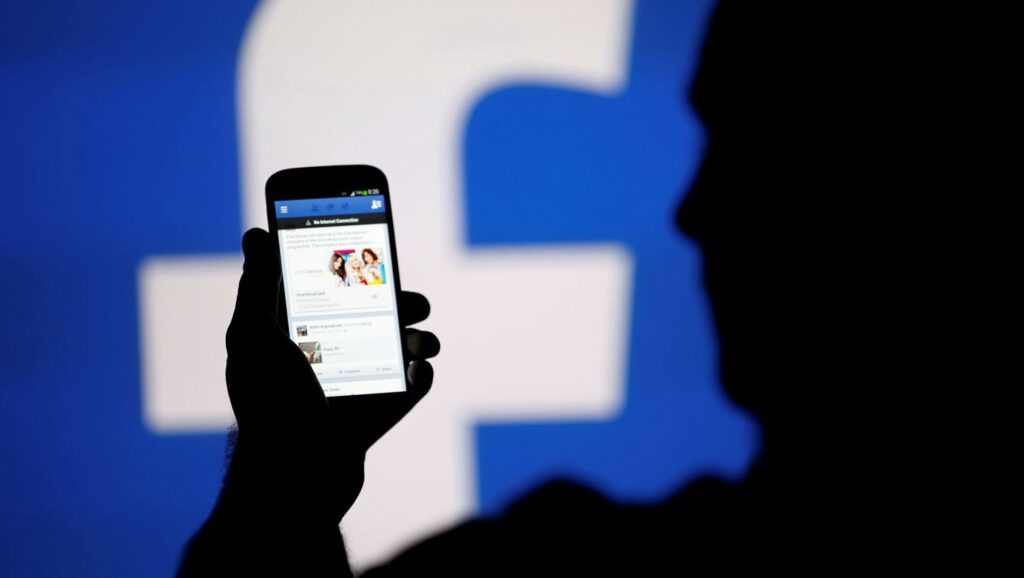Rage-baiting is emerging as a profitable yet controversial strategy used by social media influencers to thrive in today's digital landscape. Winta Zesu, a 24-year-old content creator based in New York City, is one such influencer who amassed $150,000 (£117,000) in a year through videos that intentionally provoke anger and discussion among viewers. Zesu’s content predominantly features her life as a model who humorously addresses the often unrealistic portrayal of beauty, intentionally inviting harsh criticism that drives engagement.
Zesu’s experience sheds light on a wider trend linked to the rise of rage-baiting, where creators engineer their posts to elicit visceral negative reactions, capturing attention far more effectively than traditional clickbait. Unlike simple clickbait, which relies on enticing headlines to draw readers in, rage-baiting exploits human psychological triggers, compelling users to comment and interact out of anger, leading to heightened visibility on algorithms run by major social media platforms.
Dr. William Brady, a researcher focused on technology and the brain, explains that our response to negative content is deeply rooted in our survival instincts. This primal engagement informs human responses, making anger-driven content particularly effective in capturing attention. Furthermore, as social media platforms enhance their creator monetization programs, the race to provoke outrage and garner comments has intensified, creating a marketplace incentivized by engagements derived from anger.
This shift towards a culture of negativity hasn’t gone unnoticed by some experts. They warn that the continuous exposure to rage-inducing content may drive individuals towards disengagement from news and media, leading to a phenomenon of active news avoidance. Ariel Hazel, an assistant professor of communication, remarks on the mental exhaustion tied to consuming consistent outrage, cautioning against the erosive impacts on trust in information sources.
Beyond individual creators, rage-baiting has infiltrated political discourse, particularly in the lead-up to elections. The focus on outrage has replaced in-depth policy discussions, as evidenced during recent US elections. Commentators highlight this as a tactic to energize specific political bases by simplifying complex issues into emotionally charged rhetoric.
While some social media platforms, such as Meta, have begun to acknowledge this trend and are implementing strategies to control engagement-bait tactics, there remain no consistent policies addressing misinformation-driven rage-baiting, especially on platforms like X. This inconsistency raises concerns about the implications for public discourse and societal trust.
As Winta Zesu reflects on the use of rage-baiting within politics, she expresses a critical standpoint, stressing the importance of using platforms to educate rather than misinform. The debate over ethical implications of rage-baiting continues, emphasizing a crucial dialogue about the intersection of profitability, morality, and the responsibility of creators in shaping public discourse.





















